Printers Are A Scam.
When walking through a department store, if you were to compare the price of a top-level keyboard to that of a top-level desktop printer, you’d probably find that the printer seems like an incredible deal – Perhaps even a shockingly good deal. Perhaps too good of a deal. Perhaps there’s something else going on here…
Truth is, printers are cheap. They’re so cheap and are sold so close to their cost to produce, that once the product has finished going through packaging, shipping and handling, it’s sold at a loss to the company. But if this is true, then why don’t printer companies raise prices? They certainly could, seeing as so many other companies sell their hardware for much, much more than printers do.
And yet printers stay cheap. So what gives?
Turns out, the business model of a printer company is almost identical to the business model of, say, Candy Crush. When a user downloads Candy Crush, they’re allowed to play for free. This is essentially identical to selling a printer at a loss: The company who made Candy Crush spent their time and money producing this game and is receiving no compensation for a user’s experience of it.
But as many already know, Candy Crush starts to make its money when a user runs out of lives and is prompted to purchase more lives so they can keep playing. The app Candy Crush was never meant to make money, and neither was a printer. When your printer runs out of lives, you need to purchase more, and that’s where the company cashes out. Replace “Lives” with “Printer Ink”, and the comparison is 1 to 1. It’s the same thing.
(Razors also use the same model, with a cheap base and flimsy, expensive replacement blades, but that’s a story for another day.)
And similar to apps like Candy Crush, Printer companies have devised clever ways to force their users to purchase ink more frequently. In a Youtube Video by austinmcconnel, the content creator reveals what he learned about printers during his time working in Inkjet customer support, as well as some of the deceptive methods they use to encourage users to buy more ink.
While working at the customer support, Austin recalls a time he had to take a look at a document that listed both the cost to produce certain items and the cost to sell them. When Austin reached the section for ink cartridges, he couldn’t believe his eyes: “We were selling ink cartridges for $59.95… and the cost of manufacturing? Twenty-three cents! I was stunned.”
Austin continues to drop some even more ‘interesting’ (and infuriating) facts about printer ink, like the fact that, at the sale prices printer companies retail it for, PRINTER INK RETAILS FOR $2,700 PER GALLON.
So what goes into an ink cartridge? Austin cracks one open, and reveals that the tech is pretty simple: It’s a plastic case with ink in it. Yet, according to what printer companies tell customers, the ink is so expensive because the technology in the cartridge is expensive. Obviously, due to the cost of manufacturing, we know that’s not true, but let’s continue off of that.
Printer companies might say that one of the “expensive technologies” used in a printer is the small computer chip that one might see on many modern ink cartridges. Companies say that this chip is used to monitor ink levels and facilitate printing, but printers are pretty good at figuring out for themselves if they’re out of ink: If no ink comes out, then guess what, printer keeps printing, and you’ll figure it out when it prints.
But that’s exactly what the chip really does. If your printer runs out of say, Cyan ink, this chip will tell the computer to stop printing entirely until the ink is refilled. Even if you’re not printing anything that requires Cyan ink – it just won’t work.
You might have also noticed that your printer will give you a ‘low ink’ notification really quickly. These notifications are also entirely fake – Next time you get one, try removing the print cartridge, restarting the device, and putting it back in – This will cause the printer to re-evaluate the ink levels, and, more often than not, it won’t tell you your ink is low anymore.
You also can’t re-fill the cartridge with regular ink on your own: Many companies design their chips to detect such attempts, and respond by, you guessed it, stopping the printer from functioning.
But what if you simply don’t use colored ink, and only print in black and white? No can do my friend: One of the features of Cannon Printers, listed here, is to ensure the device always prints in the darkest black possible by always using a bit of blue ink with the black ink. Sorry Cannon, but that’s just not how color works.
And remember: If that blue / Cyan cartridge runs out, the entire printer stops working.
So how do you go about defeating this scummy scam? The answer is actually pretty simple, but it does require a bit of an investment – Simply put, you’ve got to think long term over short term.
Laser printers are the way to go here. They’re a lot more expensive to initially purchase, but that’s because the business model is different: The printer is the product, not the ink. Laser printer ink is much cheaper, and the printer is much more durable overall.
If you already own an inkjet, consider visiting FixYourOwnPrinter.com for exactly what you’d expect. This site can teach you how to out-trick your printer and force it to keep printing even when the color ink is empty.
That’s all I’ve got at the moment. In general, as with any purchase, do your research so you’ll be sure you understand what you’re buying into. Because if we can’t even trust printers, who knows what else is trying to steal from us behind our backs?





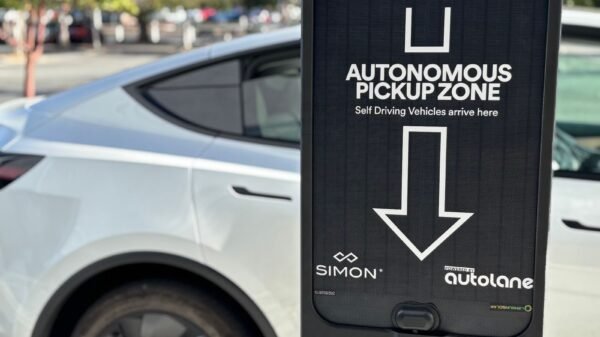
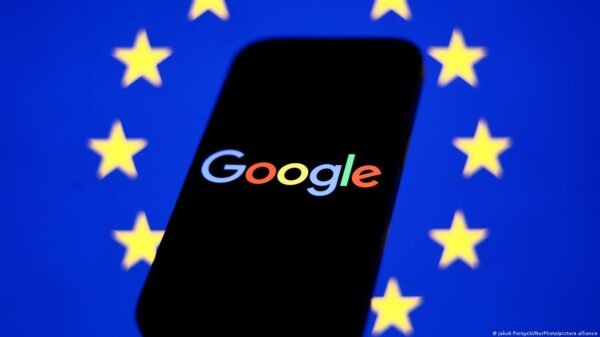
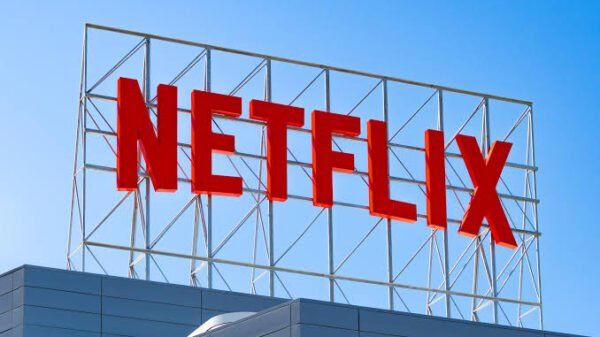











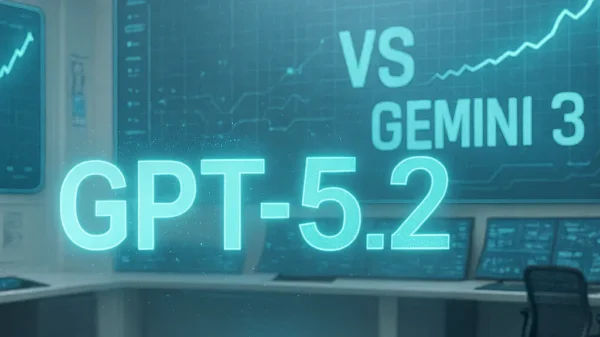
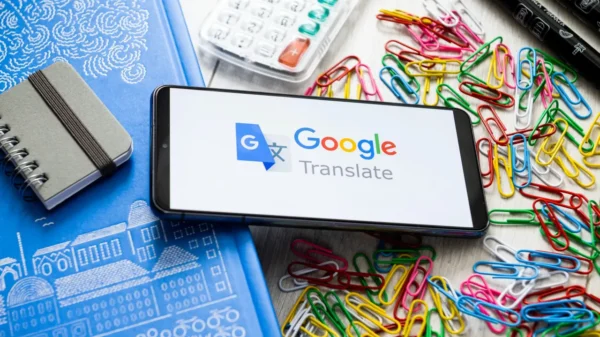
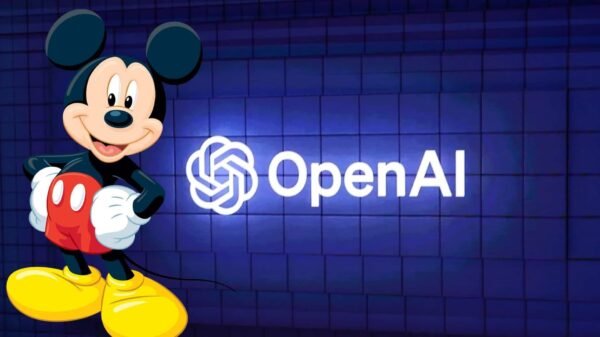

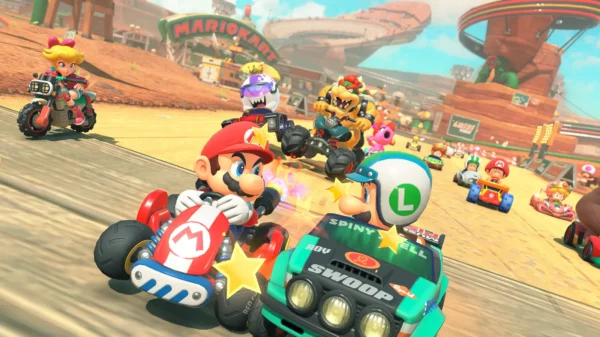

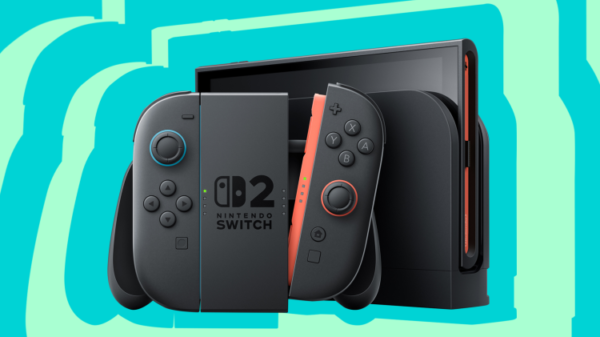









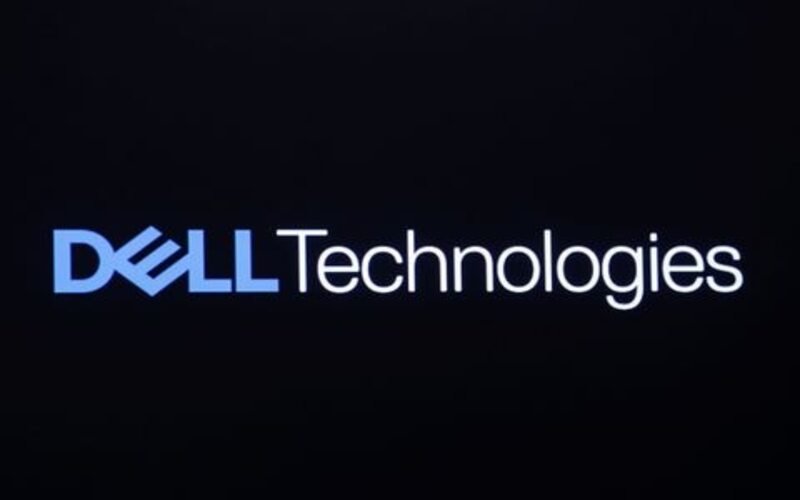














Alyssa
August 24, 2018 at 10:33 pm
Wow, sneaky, I’ll have to keep this in mind when looking for a new printer.
Robert Gerleman
September 1, 2019 at 5:21 am
i dont know if anyone did the math on this, but this article paints a distorted view of the issue for those who didn’t do the math: Manufacturing cost/cartridge is $0.25, ok. They sell the crap for $2700/gal, ok. Well how much is in a cartridge? 3.5 ml. How many Milileters in a gallon? 3785.41! So when compared correctly the cost is just shy of $1000/gal which means they are up-charging customer 3x the manufacturing cost. To put that in perspective. There’s a much bigger mark up on ice cream. oh and bottled water. And beer, and bread, and pretty much everything we eat. But you cant eat ink, so…